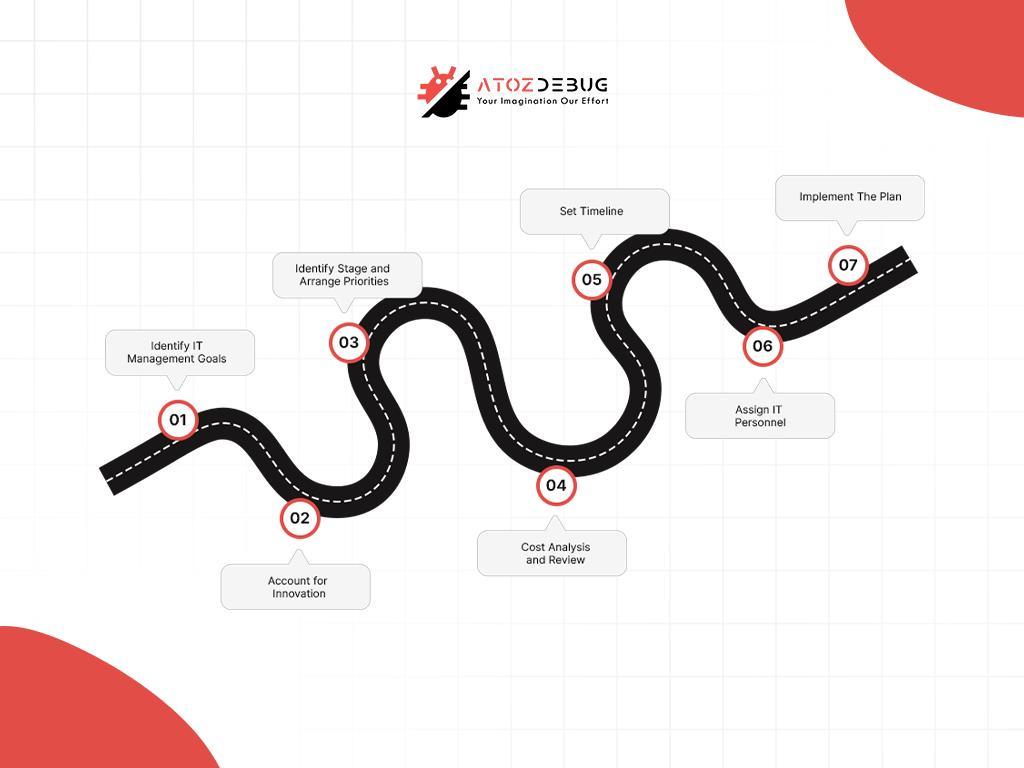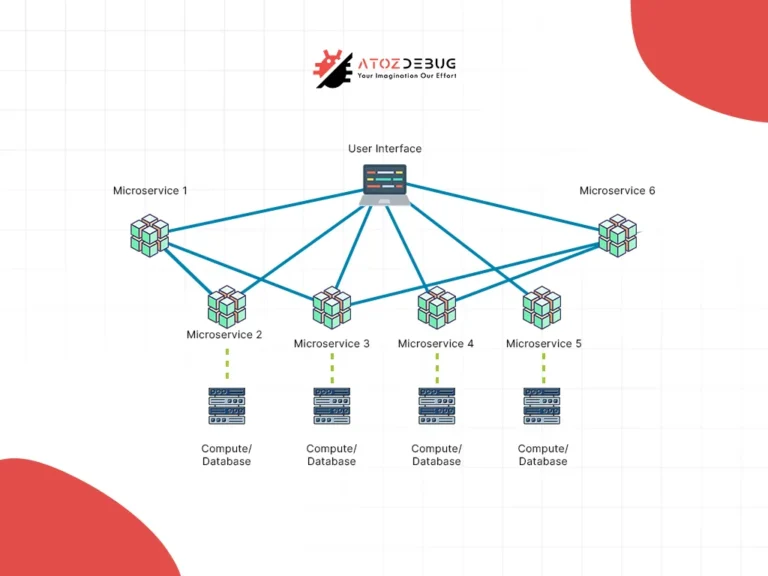Do you want your SaaS product to grow and succeed? If your answer is ‘YES’, a clear, well-thought-out product roadmap is the key.
If you’re in the tech world, you’ve probably heard of SaaS products or used them yourself. SaaS stands for Software-as-a-Service and is now one of the most popular ways to use software.
But, to manage a SaaS product well, you must have a clear and effective roadmap. The roadmap is like a plan that shows your product’s goals, key features, and future direction. It helps you stay focused, get your team on the same page, and adjust according to market changes.
When you don’t have one for your business, you might lose track of what’s important, waste resources, and give users an inconsistent experience.
In this article, we’ll tell you why having a clear product vision is important, some effective feature prioritization techniques, and many more things you should know.
Why a Clear Product Vision Matters for Success

Having a clear product vision literally matters for the success of any SaaS product. It basically defines what the product wants to achieve in the long run and how it will serve its users. When there is no clear vision, the product roadmap can lose focus. Then, it becomes disorganized and lacks direction. This can lead to wasted efforts, missed opportunities, and a bad user experience.
So, when creating a SaaS product, it is very important to make sure your roadmap matches your strategic goals and overall product strategy. A product vision works like a guide. It helps the team stay on track and focus on initiatives that support the business’s big picture.
A clear product vision keeps the team on the same page. This makes sure every feature and task supports the same goals. It helps product managers, developers, and others make smart decisions by focusing on what matters most. For example, if the vision is to create an easy-to-use platform, the roadmap improves the UX and makes it simple for any age of customers to use and enjoy the product listed on your website/app.
In addition, a product vision helps create a roadmap that keeps adding or providing value for users. When you have a clear vision, your team can check if new features meet the needs of your target users. This ultimately gives long-term success to the business. It also allows teams to quickly adjust their plans, especially if market or user requirements change.
The good thing is that you can do all this while staying focused on the bigger goals.
Effective Feature Prioritization Techniques

Prioritizing features plays a huge role in building a successful SaaS product. Since there are so many feature ideas and ways to enhance, sometimes it can be tough to decide what to include in your product roadmap and what not. The main goal is to focus on features that are most helpful for your customers and obviously match your business goals.
Out of all, one simple and popular way for feature prioritization is by using the MoSCoW framework. This method sorts features into four categories:
1. Must-have: These are the essential features your product needs to work.
2. Should-have: These are those features that can wait if needed without causing big issues.
3. Could-have: These are nice-to-have features, but not a top priority right now.
4. Won’t-have: These features aren’t needed for the current development phase.
Apart from the MoSCoW, there is another popular method for prioritizing features including RICE scoring and the Kano model.
# RICE Scoring helps you prioritize features by looking at four major things:
- Reach: How many users it will affect.
- Impact: The value it will bring.
- Confidence: How sure you are about its value.
- Effort: The time and resources needed to make it happen.
# The Kano model helps sort features based on how much they satisfy users and how much effort it takes to add them. It shows which features are must-have, exciting, or not needed.
These tools and frameworks make decision-making easier for businesses. It helps your team focus on the features that really matter and save time and resources.
The thing is, picking the right features for a product isn’t something you do just once. You have to keep looking at them again and again to make sure they still work for what customers want, what’s popular, and the goals of the business. When you do this often, it makes sure your product stays useful, better than others, and meets what people need.
Harnessing Customer Feedback for Roadmap Success
Knowing customer’s exact requirements is crucial for any SaaS business, and feedback plays a key role in achieving this. When you listen to your customer or take their feedback, it helps you improve your product and meet their needs better. A feedback management system makes it easier to collect and analyze their input.
When it comes to gathering feedback, there are multiple ways to do this. It includes surveys, interviews, or in-app forms. Apart from that, tools like NPS surveys or Hotjar help you measure customer satisfaction and find areas to improve. Using these methods collectively helps businesses understand customer needs and plan which features to focus on next.
When organized feedback is shared with the product team, it becomes easier to decide which changes will benefit users the most. Companies like Slack and Dropbox use customer feedback to improve their features while staying focused on their main and long-term goals.
But, it’s important to find the right balance. Improving your product based on several feedback is good. However, adding too many specific features can make it confusing for other visitors. So, focus on creating solutions that help most customers and also match your company’s vision.
Aligning Stakeholders and Cross-Functional Teams
Getting everyone, whether it is stakeholders or cross-functional teams, on the same page is very important when building a SaaS product. When there is no alignment, things can get really disorganized, which can cause delays and confusion.
But, how can this be done? Here’s how to make sure everyone stays aligned:
1. Clear Communication: Clear communication and teamwork are important as they make it easier to stay on track and work towards the main goals. It helps get updates on what’s happening with the project and any changes.
2. Define Roles and Responsibilities: In a team, everyone should know what they need to do. For example, developers work on building the product, and marketers help with the product’s launch. When everyone knows their job, things get done faster and with fewer mistakes.
3. Focus on the Big Picture: It’s important to remind everyone of the product’s main goal. When every single member of your team stays focused on this big goal, it helps avoid confusion and ensures everyone works on what matters most for the team.
4. Collaborate Across Teams: It’s great when teams like product, engineering, marketing, and customer support work together. This teamwork helps solve problems early, so nothing slows things down. When everyone supports each other, things run smoothly.
Overall, when everyone works collaboratively, the SaaS product stays on track and succeeds.
Building a Dynamic Roadmap for Release Planning

A good release plan roadmap is key to making a SaaS product successful. It helps the team stay organized, use resources wisely, and finish work on time. This also makes sure newly launched features are ready for customers on time.
Let’s see how you can make a product launch roadmap that your team can follow easily:
- Quarterly Release Plan: Start with planning your product launch roadmap by fixing releases every three months. This way, you can meet business goals, give customers what they need, and still handle any issues along the way.
- Set Clear Milestones: Break each release into smaller steps, which is called milestones. Each milestone should have a clear goal to help you check progress and keep the team on track.
- Resource Allocation: You have to make sure that the right teams, like development, design, and testing, are ready for each release. For that, assign tasks wisely and plan resources to avoid delays.
- Stay Flexible: Having a roadmap is important, but it’s also necessary to stay flexible. If priorities change or customers give new feedback, you have to be ready to adjust your plan to keep up with their requirements.
In short, a strong product launch roadmap helps your team work together, avoid problems, and deliver faster. When you have good planning, every release can make your product better for users and help you reach your goals.
Conclusion
Now, we can say that mastering your SaaS product roadmap is essential to turn your ideas into a successful reality – wouldn’t you agree? When you have a good product development roadmap, it helps you set clear goals and decide which features to focus on first. Also, it tells you to stay flexible because the user requirements are always changing.
For that, you can start by defining a clear vision for your product. So, your team knows exactly what they’re working towards. Using simple and proven methods like RICE scoring or the MoSCoW technique to pick features that will make the biggest difference would be perfect. And, getting customer feedback and working on them can really improve the user experience.
Don’t forget one thing: it’s important to get all stakeholders and teams aligned because it encourages teamwork and makes decisions faster. Lastly, make sure your roadmap is flexible enough and updated regularly. The reason is that resource planning and timely product launches are crucial for businesses to thrive in today’s time.
Are you looking to start your development journey without any hassle? If so, consider ATOZDEBUG. We help you build, fix, and launch top-quality solutions fast and smoothly.
As you know, with the right tools and approach, your roadmap can guide you to success. And, that’s what ATOZDEBUG does for your business.
So, schedule a free consultation to learn how we can customize solutions for your project and collect your checklist to get started right away.





